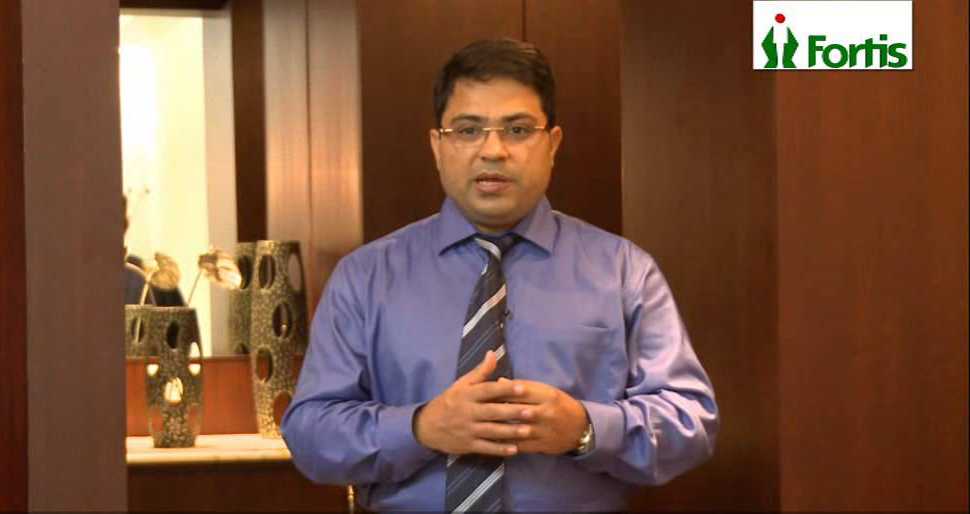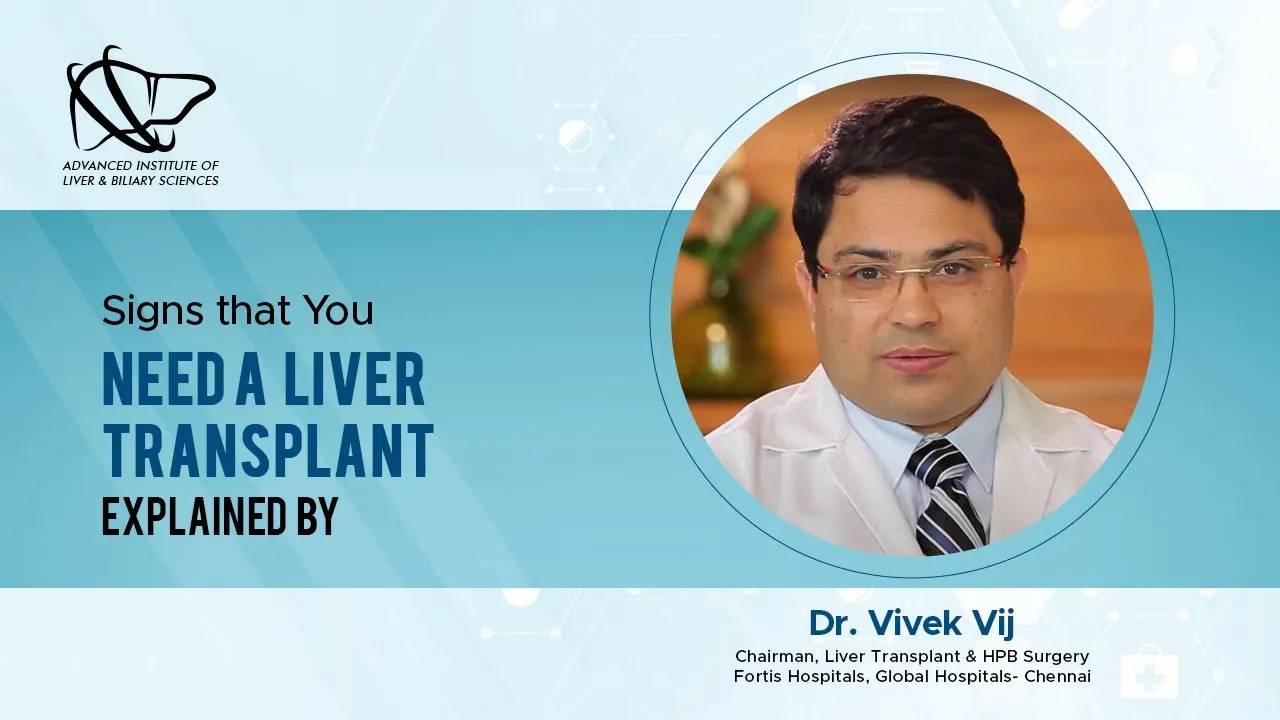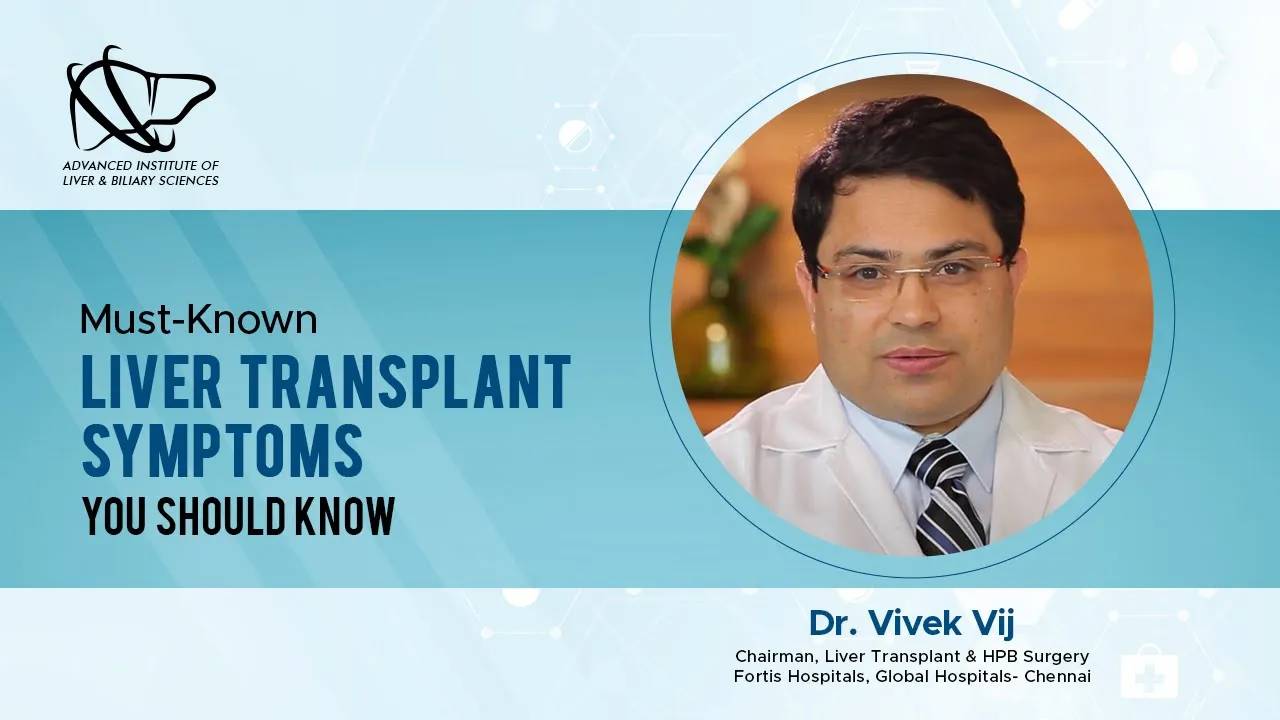A late-stage liver condition called Cirrhosis of the Liver causes the liver to become encased in scar tissue instead of healthy liver tissue. An advanced form of liver disease called cirrhosis causes the liver to become permanently damaged and replaces good liver tissue with scar tissue. Scar tissue prevents the proper functioning of your liver.
Numerous disorders and illnesses of the liver harm healthy liver cells, leading to cell death and inflammation. Cell repair comes next, and after that comes tissue scarring as a byproduct of the healing process.
Scar tissue restricts blood flow to the liver and slows down the liver’s capacity to process nutrients, hormones, medicines, and naturally occurring pollutants (poisons). Furthermore, it decreases the liver’s ability to produce proteins and other materials. Over time, Cirrhosis of the Liver prevents the liver from functioning properly. Cirrhosis in its advanced stages is fatal and cirrhosis treatment can be difficult.
Your liver cannot function correctly because of scar tissue. Numerous disorders and illnesses of the liver harm healthy liver cells, leading to cell death and inflammation. Cell healing comes next, and the end outcome of the repair process is tissue scarring. Over time, cirrhosis prevents the liver from functioning properly. Cirrhosis of the Liver in its advanced stages is fatal.
Until there is severe liver damage, cirrhosis frequently shows no signs or symptoms. When they do, the following cirrhosis symptoms and indicators might appear:
Cirrhosis of the Liver can result from Liver health damage brought on by a variety of illnesses and situations. Among the cirrhosis causes are:
The severity of your liver injury will determine how you are treated. Protecting the healthy tissue you still have is the main objective. In order to stop further damage, the disease that is causing your Cirrhosis of the Liver must first be treated. You might need to do the following actions:
Additionally, your doctor will want to address any side effects that cirrhosis treatment may cause. They might offer suggestions like:
It may aid in reducing oedema. In order to treat this issue, your doctor could also advise taking medicine. You might need to have the fluid drained if you have a serious fluid accumulation.
As a result of enlarged and ruptured blood vessels, they might minimise internal bleeding. If your veins are badly swollen, surgery could be necessary. Antibiotics and immunizations They have the ability to heal and stop other infections.
If a toxin accumulation is an issue for you, your doctor may also recommend drugs to minimise it. Steroids might also be beneficial if your liver is inflamed. Your doctor could advise routine testing to make sure you don’t get liver cancer, which can be a cirrhosis problem.
It’s a significant undertaking. Obtaining a replacement liver from a deceased donor will probably require you to join a waiting list. Cirrhosis of the Liver patients occasionally has the opportunity to receive a portion of a living donor’s liver.
Generally speaking, no. If you’ve been diagnosed with cirrhosis, your liver disease is in its latter stages, and the harm you’ve already done is irreversible. Cirrhosis can be caused by a variety of liver conditions, including their consequences. The course of your Liver health or complication may be slowed down or stopped if it is identified early and effectively treated.
The liver disease cirrhosis is not cancer. Nevertheless, cirrhosis affects the majority of those with liver cancer. You run a higher chance of developing liver cancer if you have cirrhosis. Hepatitis B and C frequently result in cirrhosis, which increases the risk of liver cancer in those who have them. Cirrhosis of the Liver, which raises the risk of liver cancer, can result from any cause of liver illness.
The liver is a crucial organ, and if liver cirrhosis causes scarring, it is impossible to undo the damage; it can only be controlled with medication. With such complex ailments, it’s important to locate a medical professional you can believe in. With the First Active Liver Transplantation Center in Uttar Pradesh and the Lowest Biliary Complication Rate (4%) in Living Donor Liver Transplant (LDLT) Worldwide, Dr Vivek Vij is Liver Transplant Surgeon in india can easily help you with any of your issues regarding liver cirrhosis symptoms.


